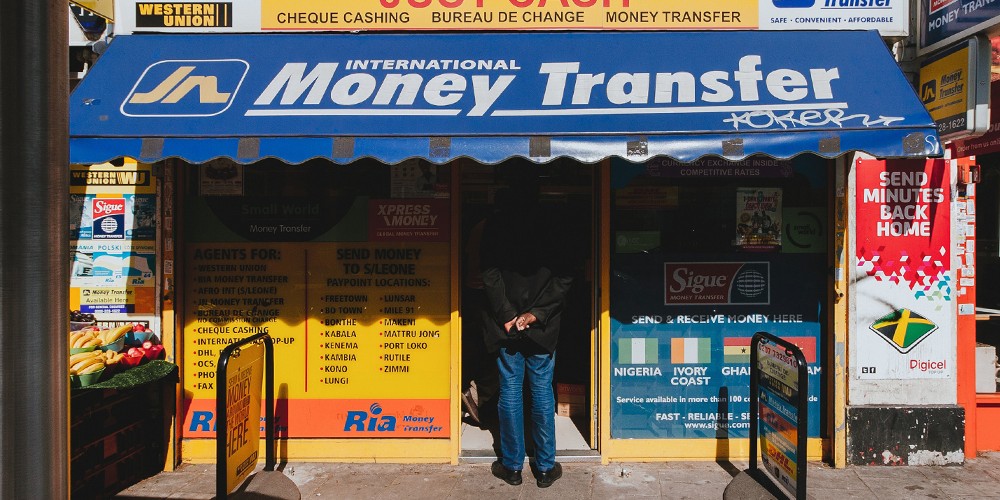Cross-border payments are growing rapidly, propelled by services trade, demand from foreign investment flows and workers’ remittances, but remain costly, slow and opaque. Processes are complicated by the presence of multiple parties, regulatory approaches and capital requirements, as well as differences in technical and operational standards, legacy systems and infrastructure. Concentrated market structures and information asymmetries exacerbate costs.
Businesses and individuals are looking for faster, more convenient, transparent and inexpensive cross-border payment methods. While there have been innovations, they are often limited to the front-end user experience. The back-end clearing and settlement payment networks still go through the traditional value chain optimised for high-value, low-volume transactions involving banks.
There is a burgeoning need for technologies to improve back-end processes, lower compliance costs and transform payment means. Models involve bilateral connection between domestic e-money services, extending an e-money system to multiple countries, and creating a peer-to-peer payment network accessible in multiple countries.
One way to facilitate cross-border payments would be the use of a digital composite asset of stable value based on the special drawing right, the International Monetary Fund’s composite currency unit. The development of this ‘eSDR’ has its genesis in a 2017 speech by Christine Lagarde, the IMF managing director and soon-to-be European Central Bank president, in which she said: ‘The Fund will also have to be open to change, from bringing new parties to the table, to considering a role for a digital version of the SDR.’
The value of the eSDR is based on the SDR basket of currencies. It exists in the form of digital tokens and represents a claim on the freely usable currencies of transacting parties and can be exchanged for these currencies. The eSDR possesses banknotes’ characteristics: it bears a monetary value; is protected by multiple security features; is uniquely identifiable and traceable; its supply is controlled by the participating authorities; its value are backed by the issuing authorities; and it is interoperable across payments systems.
Central banks could make use of the eSDR by issuing what would in effect be a universal central bank digital currency for cross-border transactions. As the value of the digital token would be determined by the IMF SDR’s currency composition and weights, it would be a stable instrument with no additional volatility, trading or investment activity, nor danger of manipulation.
To illustrate, Southeast Asian central banks, which already hold SDRs in their reserves, could issue eSDRs for regional cross-border payments. Foreign exchange costs could be reduced through direct settlement between central banks, as payments would move from currency A to eSDRs to currency B. Transactions would be instantaneous, peer-to-peer, round-the-clock, with enhanced transparency and data-sharing. Problem posed by multiple intermediaries would be eliminated. All providers could use the central bank-backed digital tokens.
Over time, more central banks could join, and a multilateral institution, such as the IMF, take over management of the eSDR. Alternatively, the technology could be applied in different regions, with another currency basket as the reference point. However, private sector-issued eSDRs may hold more promise for faster implementation of a global solution for cheaper, quicker and more transparent cross-border payments.
An eSDR-based payment network would enable financial service providers to offer efficient, transparent and inexpensive cross-border payment services even for low-value and high-volume use cases. Settlement times and costs should fall substantially, and improved compliance should enhance financial integrity.
The inefficiencies of cross-border transactions must be addressed. The use of digital composite tokens should create a product that is a trusted and stable store of value as well as effective medium of exchange. In its ideal form, the eSDR will greatly benefit both private sector financial businesses and the authorities that supervise them.
Bejoy Das Gupta is Chief Economist and Miles Au Yeung is Chief Markets Officer at eCurrency. This article is based on a whitepaper covering cross-border payments and the eCurrency eSDRTM.
